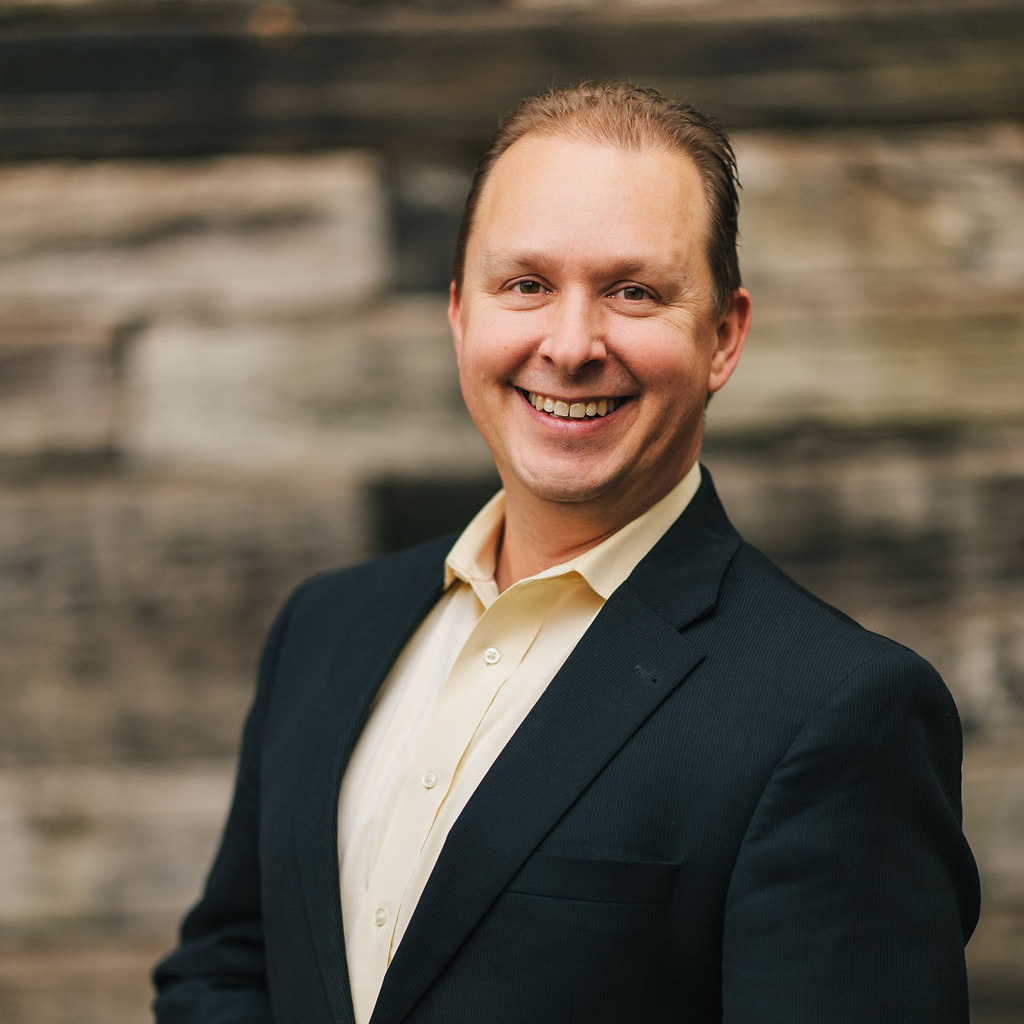For the first 5-7 years of Net Friends, we had a completely flat organizational structure. It was the late nineties and there was no hierarchy of any kind at the company. David Scarborough, our hardworking founder, was undeniably in charge of the business, but everyone else in the company had equal standing.
Nevertheless, David was always “down in the trenches” with the rest of us, providing direct support to our customers and onboarding new ones. David spent over 40 hours a week for years deploying equipment, solving problems, and consulting customers on how to get the most out of their technology investments.
When you work closely alongside your boss day in and day out, this gives you plausible deniability that there is a hierarchy, because everyone feels like we are equals. On top of that, David’s approachability, his support for letting any pursuit that showed merit win the day, and the way that he didn’t put much thought into people’s job titles all further reinforced the flatness of our structure.
David is a great sounding board, and everyone felt comfortable pursuing just about any idea that came up. This fostered a culture of entrepreneurialism and experimentation that few IT Support companies have pursued. This is why we ended up expanding from desktop support in the ‘90s to creating an electronic medical record (EMR) system to coordinate Card Diagnostic Units and patient care activities, which ended up in hundreds of hospitals and clinics worldwide. This is why we ended up developing Security Design Plans for hundreds of systems and performed dozens of compliance assessments for companies who wanted to engage with enterprise customers, resulting in us traveling all over the US to inspect headquarters and data centers. This is why we confidently built our own in-house Security Operations Center and took on 24x7 security services for dozens of large organizations, managing their Security Incident and Event Monitoring (SIEM) systems and providing Managed Detection and Response (MDR) services for large endpoints and networks.
When all these new major initiatives began and developed, we didn’t formally acknowledge at the time that David had created an environment that fostered the entrepreneurial spirit. For many of us, myself included, we would not have defined ourselves as entrepreneurs. We would not have looked for these opportunities that turned into major initiatives. We would not have had the courage to take the risks we took. We needed David’s encouragement and spirit, and we benefited greatly from how David put us all in a climate of innovation each day.
The initiatives that David inspired all led to great outcomes. For example, Cardio-Server, the Electronic Medical Record (EMR) system we began designing in 2002, was ultimately sold in 2009 to Epiphany. Not only did most of the original team members who designed and supported this tool remain with Epiphany, but David still serves on the board and Net Friends provides IT support to the company as well. This speaks volumes to the enduring impact of all that David put in motion and actively encouraged over the years. Our ongoing legacy of providing security, risk, and compliance services was fostered by David’s support.
While a company cannot say “yes” to everything without losing focus, it’s vital that every company has a participatory culture that allows for innovation. David made sure that Net Friends provided a tremendous number of opportunities for innovation in the early 2000’s.
WHAT TO READ NEXT:
- How I Was Hired At Net Friends
- Why We Support Mental Health Awareness
- What A Teacher Taught Us
Take IT Off Your To-Do List.
Tech holding you back? Losing productivity to downtime?
Discover how we can simplify your tech and free up your time, contact us today.
At Net Friends, we believe in the power of human expertise. While we leverage AI to enhance our content and processes, all blog posts are written and edited by our knowledgeable staff. You can trust you are getting insights directly from our team.

